The textile and fashion industries are observing a renewed interest in corduroy for shirts as designers and consumers rediscover the aesthetic and practical qualities of this distinctive fabric. The characteristic ridged texture of corduroy for shirts provides visual interest and tactile appeal that differentiates these garments from more conventional shirting materials. This revived appreciation for corduroy for shirts represents a cyclical trend in fashion preferences, with contemporary interpretations updating this classic fabric for modern wardrobes across different demographics.
Manufacturing processes for corduroy for shirts have evolved to enhance comfort and wearability while maintaining the fabric's signature appearance. Modern production of corduroy for shirts typically involves finer wales—the ridges that define the fabric—creating a softer hand feel and more flexible drape than historical versions. Textile mills producing corduroy for shirts have developed blending techniques that combine cotton with small percentages of stretch fibers, improving the comfort and movement of shirts constructed from this traditionally structured fabric. These innovations in corduroy for shirts have addressed previous limitations while preserving the material's distinctive visual identity.

The retail market for corduroy for shirts has expanded beyond traditional autumn and winter seasons, with lightweight versions now appearing in transitional collections. Men's fashion collections increasingly feature corduroy for shirts in various colors beyond the traditional earth tones, with contemporary palettes including muted blues, greens, and burgundies. Women's fashion lines have incorporated corduroy for shirts in both tailored and relaxed silhouettes, demonstrating the fabric's versatility across different styling approaches. The children's wear segment also utilizes corduroy for shirts, valuing its durability and warmth for younger wearers.
Design details specific to corduroy for shirts have evolved to complement the fabric's unique properties. Pattern makers working with corduroy for shirts often employ simpler constructions that highlight the fabric's texture rather than complex design elements. The placement of the characteristic cords in corduroy for shirts requires careful attention during cutting and sewing to ensure visual consistency across garment panels. These technical considerations distinguish the manufacturing process for corduroy for shirts from other shirting materials and require specialized expertise throughout production.
Consumer reception of corduroy for shirts reflects appreciation for both its nostalgic qualities and contemporary updates. Market feedback suggests that purchasers of corduroy for shirts value the fabric's distinctive appearance and its association with craftsmanship and durability. The tactile experience of wearing corduroy for shirts represents another noted attraction, with the fabric offering a different sensory experience compared to standard woven shirts. This combination of visual and tactile appeal has supported the commercial presence of corduroy for shirts across various price points and market segments.
The ongoing presence of corduroy for shirts in the market demonstrates how traditional textiles can find renewed relevance through thoughtful updates and changing consumer preferences. As fashion continues to balance innovation with tradition, corduroy for shirts represents one example of how heritage fabrics can be reinterpreted for contemporary markets. The distinctive character of corduroy for shirts ensures they maintain a recognizable identity among the extensive options available in the global shirting market, offering consumers an alternative to more ubiquitous shirting fabrics.
 EN
EN English
English 中文简体
中文简体 Español
Español عربى
عربى bahasa Indonesia
bahasa Indonesia


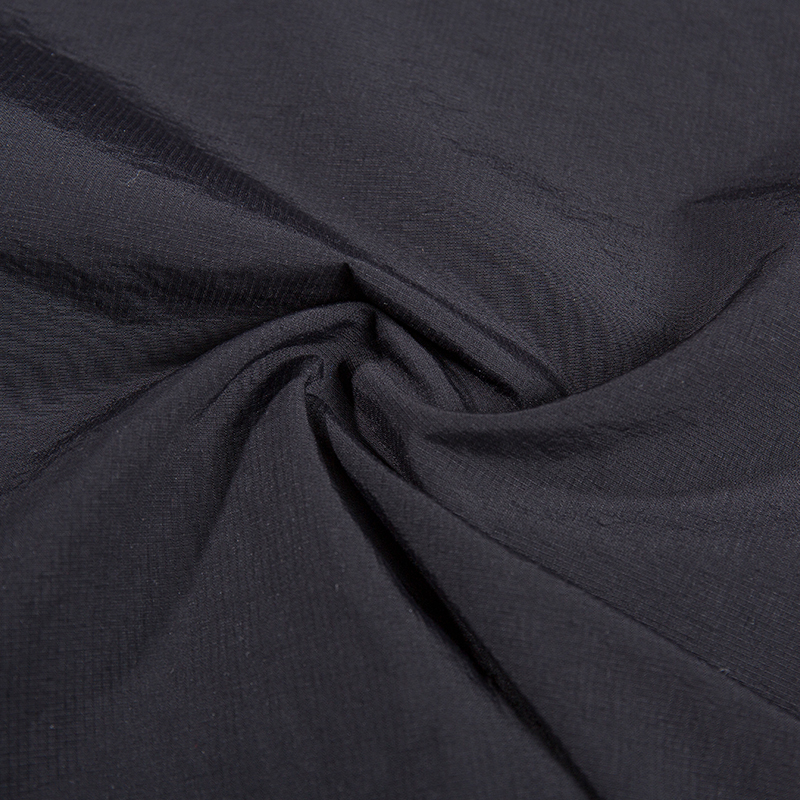
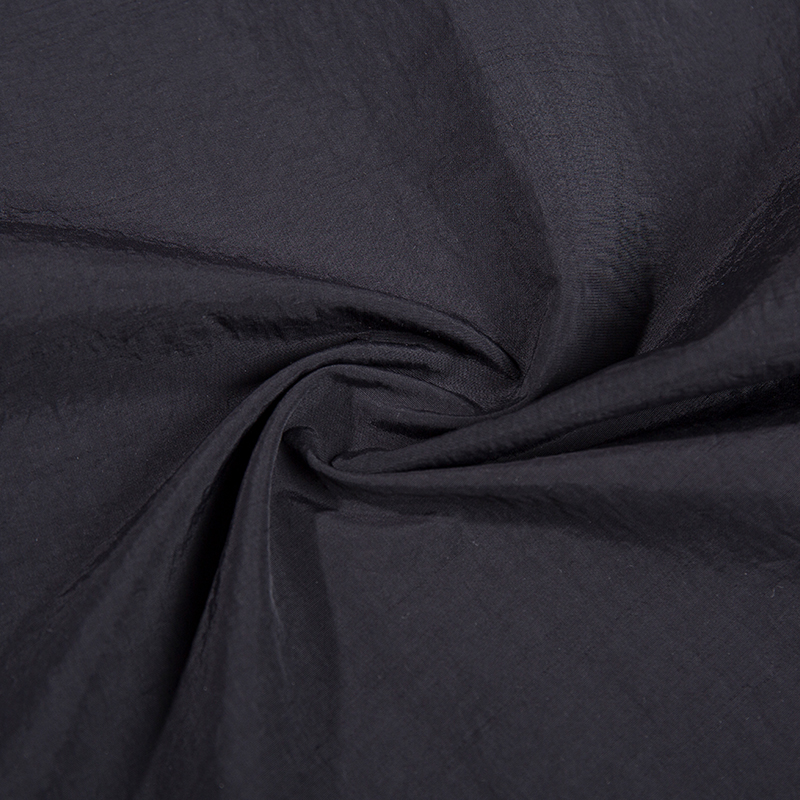
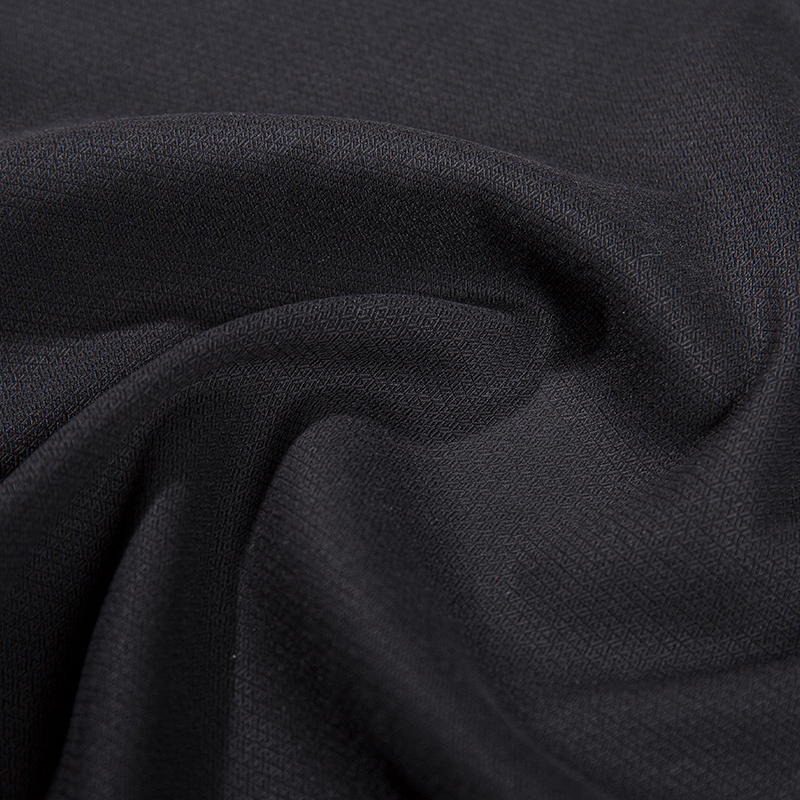
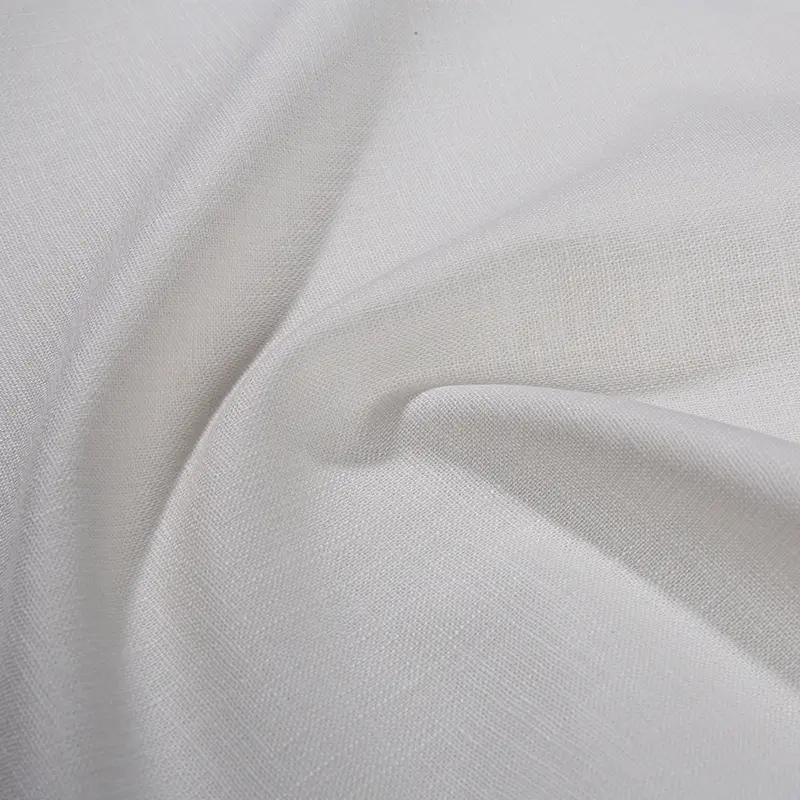
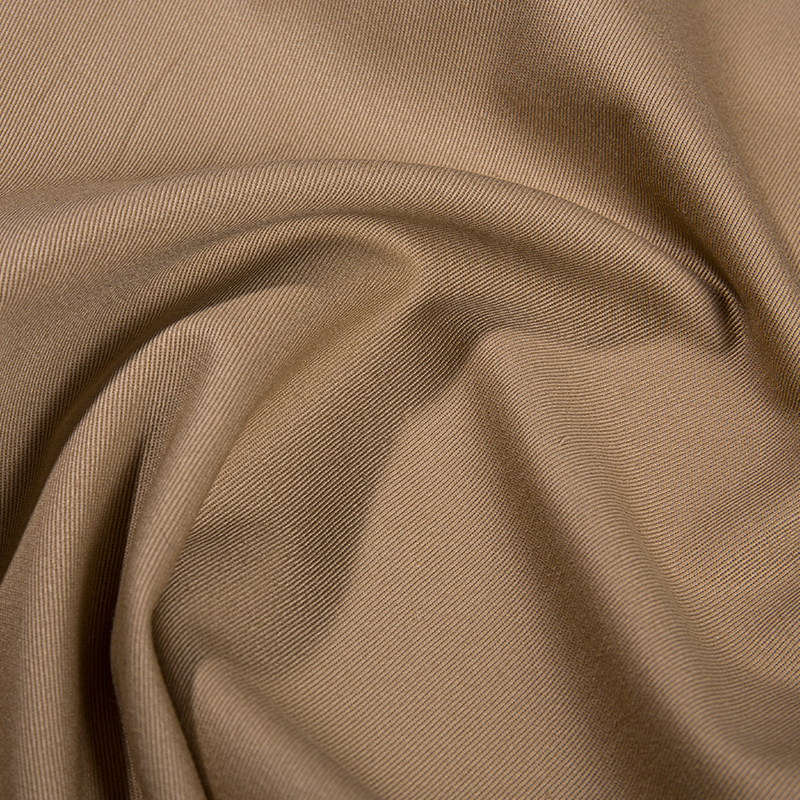
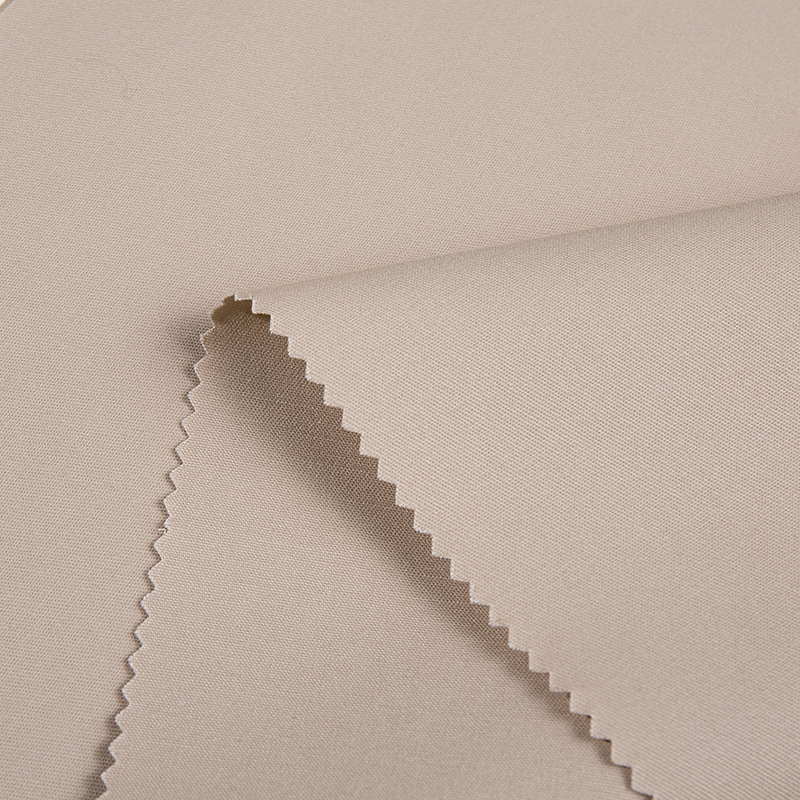
 Add: Beside National Highway 330, Zhuge Town, Lanxi City, Zhejiang Province, China
Add: Beside National Highway 330, Zhuge Town, Lanxi City, Zhejiang Province, China Phone: +86-579-89022355
Phone: +86-579-89022355

